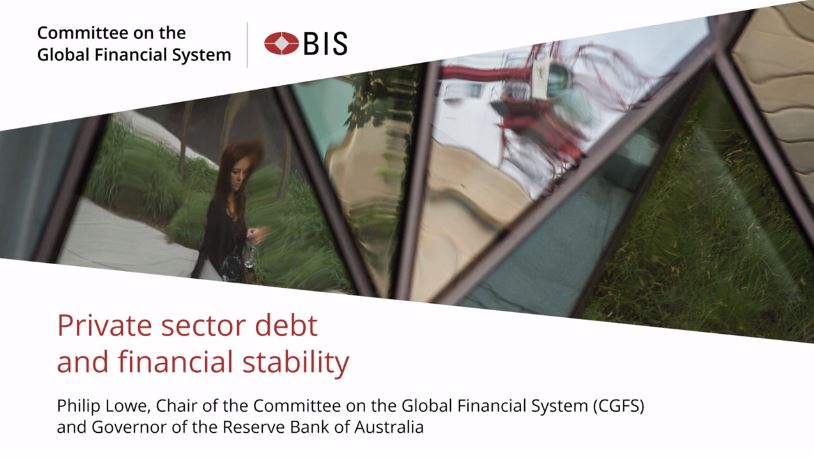Debt financing can spur economic growth but may also pose risks to financial stability and macroeconomic performance. Private non-financial sector debt increased to an all-time high of around 170% of world GDP during the Covid-19 pandemic, spotlighting the role of debt in supporting economic activity as well as the associated risks. Central bank frameworks for monitoring debt vulnerabilities were strengthened in the years prior to the Covid-19 crisis. Central banks have made increasing use of sectoral and entity-level data to look beneath aggregate figures that might conceal vulnerabilities; the distribution’s tail often provides a better signal of debt vulnerabilities than the middle.
Emerging vulnerabilities include high debt among weaker businesses and booming housing markets. However, debt vulnerabilities differ substantially across countries, depending on factors such as the strength of the economic recovery and the health of the financial system.
This report highlights three interrelated challenges facing policymakers as they seek to manage potential macro-financial risks. The first is assessing the importance of private sector debt vulnerabilities, as complicated by significant uncertainties in the macroeconomic environment. The second challenge is deciding the appropriate policy mix to mitigate emerging or existing private sector debt vulnerabilities. The third and final challenge for policymakers is to guard against misperceptions about the prospects for exceptional policy support that might cause lenders to underprice risks in the future.
Download the full report here.
Source: BIS






